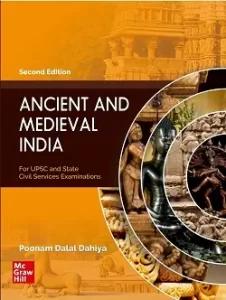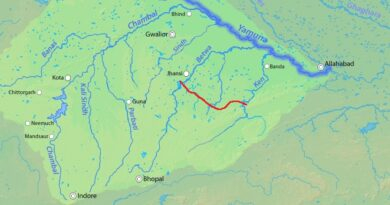Underline the changes in the field of society and economy from the Rig Vedic to the later Vedic period.
Q. 1 Underline the changes in the field of society and economy from the Rig Vedic to the later Vedic period. (10 M)
The transition from the Rig Vedic period (1500-1000 BCE) to the Later Vedic period (1000-600 BCE) marked significant transformations in both societal structures and economic practices in ancient India. These changes laid the groundwork for more complex social hierarchies and economic systems.
Changes in Society
– Social Stratification:
– The Rig Vedic society had a flexible class system, with minimal hierarchy. Over time, this evolved into a rigid caste system (Varna system) during the Later Vedic period, categorizing society into four main groups: Brahmins, Kshatriyas, Vaishyas, and Shudras.
– Status of Women:
– Women enjoyed relatively equal status in the Rig Vedic period, participating actively in rituals and education. However, their status declined in the Later Vedic period, with increasing restrictions on their public roles and rights .
– Family Structure:
– The family unit during the Rig Vedic period was primarily nuclear. In contrast, the Later Vedic period saw the rise of the joint family system, reflecting changes in land ownership and social organization .
– Education:
– Education in the Rig Vedic period was largely oral and practical. The Later Vedic period introduced more formal education systems, including the establishment of Gurukuls, which emphasized structured learning.
Changes in Economy
– Mode of Production:
– The economy during the Rig Vedic period was predominantly pastoral and semi-nomadic. In contrast, the Later Vedic period marked a significant shift towards settled agriculture, which became the primary economic activity.
– Occupations:
– While occupations in the Rig Vedic period were limited to cattle rearing and basic agriculture, the Later Vedic period saw a diversification of occupations, including various crafts and trades.
– Land Ownership:
– In the Rig Vedic era, land was communally owned with no clear concept of private property. The Later Vedic period introduced individual land ownership, with land grants becoming common for Brahmins and warriors .
– Trade and Commerce:
– Trade during the Rig Vedic period was limited and primarily barter-based. In contrast, the Later Vedic period experienced growth in trade networks, including the introduction of coins (nishka) as a medium of exchange, facilitating commerce.
– Urbanization:
– The Rig Vedic society was predominantly rural with scattered tribal settlements. The Later Vedic period saw the emergence of urban centers and market towns (janapadas), marking early stages of urbanization .
These transformations were influenced by factors such as population growth, advancements in agricultural technology (notably iron tools), and increased social complexity. The shift from a pastoral to an agrarian economy not only impacted economic practices but also led to a more hierarchical social structure, ultimately paving the way for more centralized political systems in ancient India.
| Aspect | Rig Vedic Period (c. 1500–1000 BCE) | Later Vedic Period (c. 1000–600 BCE) |
|---|---|---|
| Social Structure |
|
|
| Status of Women |
|
|
| Kingship |
|
|
| Economic Base |
|
|
| Land Ownership |
|
|
| Occupations |
|
|
| Trade Practices |
|
|
| Literature |
|
|



